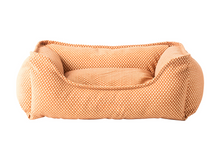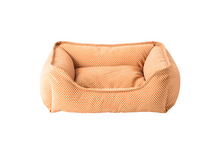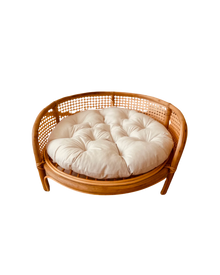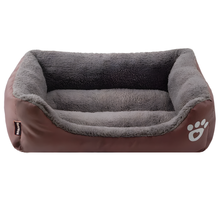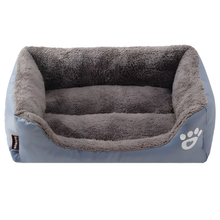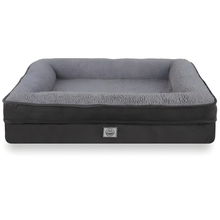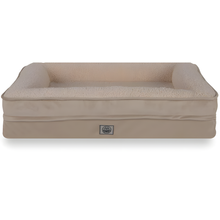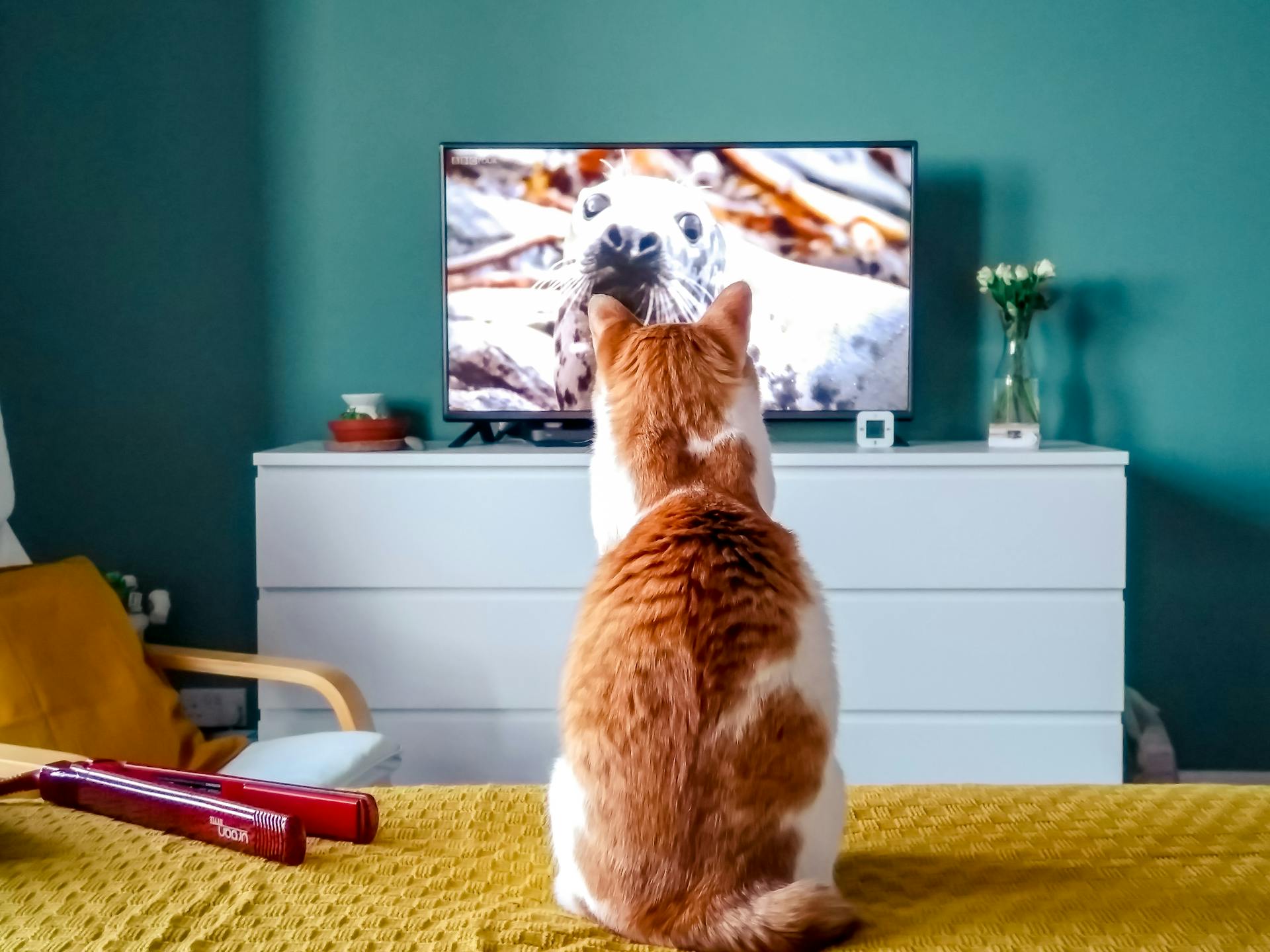Cat Food Myths Debunked: What Every Owner Should Know..
Many cat owners believe myths such as dry food being harmful or homemade meals always being better. The truth is that your cat’s health depends on balance, not on popular trends. Wet and dry food both have their advantages, grains are not always harmful, and choosing quality protein with age-appropriate nutrition helps keep cats healthy, energetic, and happy.

Cat Food Myths Debunked: What Every Owner Should Know
Table of Contents
-
Introduction
-
Why Cat Food Choices Matter
-
Common Myths About Cat Food
- Myth 1: All Dry Food Is Bad
- Myth 2: Homemade Food Is Always Healthier
- Myth 3: Expensive Brands Guarantee Better Nutrition
- Myth 4: Cats Should Only Eat Fish
- Myth 5: Grains Are Harmful for All Cats
-
How to Choose Cat Food Wisely
- Nutritional Labels and What They Mean
- Protein Quality and Balance
- Understanding Fillers and Additives
- Age-Specific Diets (Kitten, Adult, Senior)
-
Comparing Cat Food Types
-
Tips for Feeding Your Cat Right
-
Summary
-
FAQ
Introduction
Choosing the right food for your cat can feel overwhelming. With shelves stacked full of options and countless opinions online, it’s easy to fall for misinformation. This guide debunks the most common cat food myths and shows you how to make informed, healthy choices for your pet.

Why Cat Food Choices Matter
Your cat’s diet directly impacts their energy, coat health, digestion, and longevity. Understanding what goes into commercial cat food and how it affects feline health helps you avoid costly mistakes.
Common Myths About Cat Food
Myth 1: All Dry Food Is Bad
Dry food is often blamed for health issues. While some brands cut corners, many premium dry foods provide balanced nutrition when combined with proper hydration.

Myth 2: Homemade Food Is Always Healthier
Homemade diets may lack essential nutrients like taurine if not carefully planned. Veterinary-approved recipes are critical to avoid deficiencies.
Myth 3: Expensive Brands Guarantee Better Nutrition
Price doesn’t always equal quality. Some mid-range brands outperform luxury labels in protein content and digestibility.
Myth 4: Cats Should Only Eat Fish
Excess fish can lead to mercury exposure and thiamine deficiency. A balanced protein mix is far healthier.
Myth 5: Grains Are Harmful for All Cats
Grain-free diets are trendy, but not every cat needs them. Unless your pet has a specific allergy, whole grains can aid digestion.
How to Choose Cat Food Wisely
Nutritional Labels and What They Mean
Look for AAFCO compliance statements to ensure complete and balanced nutrition.
📸
Protein Quality and Balance
Cats are obligate carnivores. Prioritize real meat sources like chicken, turkey, or beef.
Understanding Fillers and Additives
Avoid foods overloaded with artificial colors or vague “meat by-products.”
Age-Specific Diets
Kittens need calorie-dense meals, adults benefit from balanced maintenance formulas, and seniors require lower-fat blends.
Comparing Cat Food Types
| Food Type | Benefits | Drawbacks |
|---|---|---|
| Dry Kibble | Convenient, long shelf life, helps dental care | Requires extra hydration |
| Wet Food | Hydrating, highly palatable, protein-rich | Short shelf life once opened, pricier |
| Raw Diet | Closest to natural prey, high protein | Risk of contamination, requires expertise |
| Homemade | Full control over ingredients | Time-consuming, risk of nutrient imbalance |
Tips for Feeding Your Cat Right

- Rotate between wet and dry foods for variety.
- Introduce new foods slowly to avoid stomach upset.
- Always provide clean water.
- Consult your vet before switching diets.
Summary
Feeding your cat isn’t just about filling a bowl. By debunking myths, reading labels carefully, and choosing balanced nutrition, you ensure your cat stays healthy, active, and happy.
FAQ
Q1: Is grain-free cat food always better?
Not always. Unless your cat has allergies, whole grains can be part of a healthy diet.
Q2: Can I feed my cat only wet food?
Yes, but balance is key. Wet food hydrates, yet mixing with quality dry food often supports dental health.
Q3: How often should I change my cat’s diet?
Not frequently. Stick to one main diet, but you can rotate proteins or brands occasionally.
References
-
National Research Council. (2006). Nutrient Requirements of Dogs and Cats. Washington, DC: National Academies Press.
-
Buffington, C. A. (2008). Dry foods and risk of disease in cats. Journal of Feline Medicine and Surgery, 10(4), 338–345.

